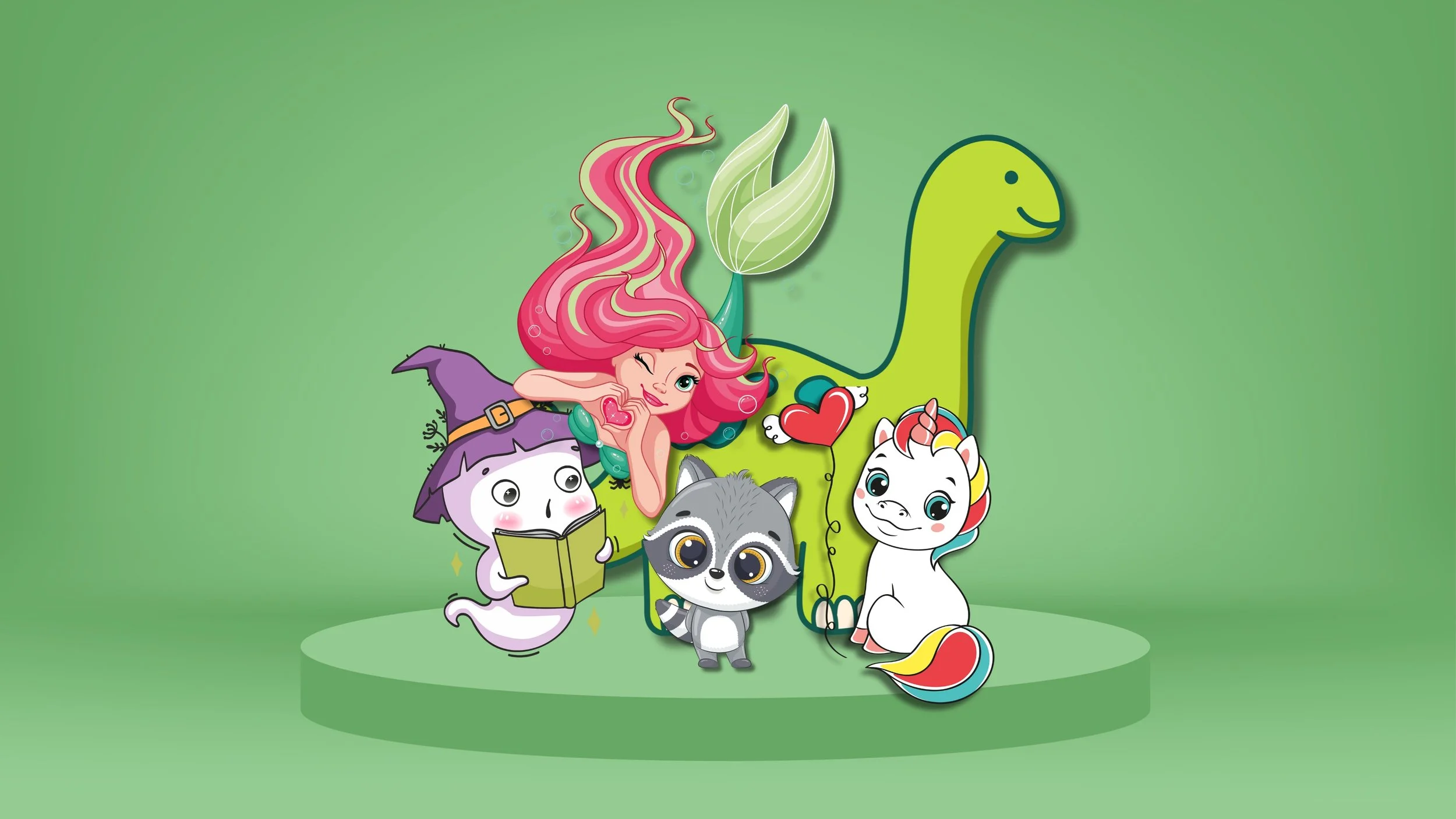The Magic of Cute Characters: Tapping into the Emotional World of Children
In the realm of children's content, be it coloring books, worksheets, or even animated shows, you'll often find a recurring theme: the prevalence of delightful and endearing characters. These charming figures are not just there by accident; they serve a pivotal role in connecting with the young audience, particularly those aged 2 to 12. While the educational benefits of such materials are well-documented, let's delve into an equally crucial aspect - the emotional connectivity these cute characters provide.
The Science of "Cute"
Before diving into the world of kids and their emotions, it's crucial to understand why certain visuals evoke a sense of warmth. Studies have shown that humans are biologically wired to respond to "cute" features, like big eyes, round faces, and small noses. This evolutionary trait is believed to have developed to ensure adults care for their young, who display these features prominently. By incorporating such elements in characters, coloring books and worksheets instantly become more appealing and engaging.
An Emotional Mirror
Children, especially those in the 2-12 age bracket, are still exploring the vast world of emotions. These characters often act as mirrors, reflecting children's feelings, fears, joys, and curiosities. When a child sees a character that looks worried, happy, or curious, they instantly relate. This recognition and validation of emotions act as an affirmation, telling them, "It's okay to feel this way."
Creating Safe Spaces
The world can often seem large and overwhelming for little ones. Cute and relatable characters serve as anchors, providing a familiar face amidst the chaos. This familiarity is comforting and creates a safe space for children. In a world where the character feels, reacts, and even makes mistakes just like they do, children feel understood and less alone.
Facilitating Emotional Expression
For many children, expressing emotions verbally can be a challenge. Through coloring or interacting with characters that display a range of emotions, children find an avenue to project and process their feelings. Coloring a sad character might be a child's way of communicating a tough day or coloring a jubilant one might showcase their happiness. These characters serve as non-verbal channels of expression, providing children with tools to communicate their inner world.
Enhancing Engagement
When children form an emotional bond with a character, they naturally want to spend more time with them. In the context of coloring books and worksheets, this translates to longer periods of focus and engagement. The child is not just coloring a figure on a page; they're spending time with a 'friend', understanding their world and perhaps comparing it to their own.
Building Resilience and Empathy
As children navigate stories or scenarios through these characters, they also learn critical life lessons. Seeing a beloved character face challenges and overcome them can offer solace and even solutions to a child's own problems. Furthermore, by understanding and empathizing with the emotions of these characters, children unconsciously cultivate a sense of empathy, which is invaluable as they grow and interact with others.
A Memory that Lasts
Emotions have a profound way of etching memories. Years down the line, adults often reminisce about characters from their childhood with a deep sense of nostalgia. The reason? The emotional bond they formed with these characters. When content creators embed emotion into their work, they're not just creating a fleeting experience but memories that last a lifetime.
In Conclusion
While the educational merits of coloring books and worksheets are undeniable, the emotional tapestry they weave is equally significant. In an era where emotional intelligence is gaining prominence, providing children with materials that allow them to connect, reflect, and understand their emotions is paramount. Cute and relatable characters are not mere design choices; they're bridges to a child's heart, guiding them through the intricate maze of feelings and emotions, one color at a time.

